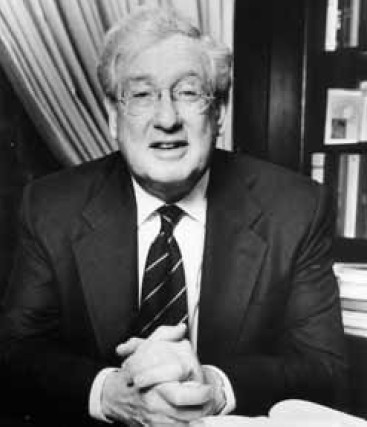Asian and Jewish Communities Celebrate the Opening of the Highly Anticipated Exhibition:
An Unlikely Photojournalist: Emile Bocian in Chinatown
New York, NY (August 17, 2021)
In a year dominated by headlines about anti-Asian and antisemitic attacks, the Museum of Chinese in America (MOCA) and the Center for Jewish History (CJH) have come together to present the highly anticipated exhibition, An Unlikely Photojournalist: Emile Bocian in Chinatown. It will be on view at the Center for Jewish History, which will be reopening its galleries to the public on Monday, August 23.
The exhibition explores the work of Jewish photographer Emile Bocian. Born in New York to Eastern European Jewish immigrants, Bocian became a photojournalist in the 1970s and 80s for The China Post, a Chinese-language daily in Manhattan’s Chinatown.
As a Polish Jew, Bocian shared an immigrant’s status with his neighbors. This commonality made Bocian a fitting ambassador and bridge-builder between the two communities. Bocian was a self-proclaimed “expert on Chinatown.” Though he was an outsider and never learned Chinese, over his long residency and photo-journalistic career, Bocian and his camera became familiar fixtures on the streets of Chinatown.
“While many of the stories that have dominated the news have revolved around division and mistrust, this exhibition offers a rare glimpse into how an outsider, Emile Bocian, who was Jewish, became widely accepted and ultimately gained the trust of the community in Chinatown,” said CJH President and CEO Bernard Michael. “Through his images Bocian was able to capture the struggles and successes of the daily lives of the residents of the area. We are proud of our partnership with MOCA and our ability to jointly spotlight our shared histories.”
“As we traverse through life, we may miss the beauty of the everyday, we may avoid the challenge of the unknown, but Bocian and his work gifted both elements back to Jewish and Chinese American communities in Chinatown, New York. His images connected people living in overlapping place,” said Nancy Yao Maasbach, President of the Museum of Chinese in America. “This exhibition is a natural extension of MOCA’s collaboration with the Center for Jewish History, an organization whose values align closely with ours as we continually seek new and innovative ways to build bridges between communities. “
During his time in Chinatown, Bocian befriended Chinese American actress Mae Wong. She would rescue over 120,000 photographs, negatives, and contact sheets from his apartment after his death in 1990, donating them to MOCA in the mid-1990s.
Bocian’s photographs of protests, celebrations, and crime scenes, as well as storefronts and streetscapes, provide a glimpse into a vanishing New York. These images are on exhibit for the very first time, along with shots of local luminaries and Chinatown visitors like Terence Cardinal Cooke, Muhammad Ali, and even Big Bird.
According to Lauren Gilbert, Senior Manager for Public Services at CJH and co-curator of the exhibit, “This exhibit is a fascinating look into an under-documented period in Chinatown’s history. It is also a nostalgia trip for those of us who were alive at the time, and an eye-opening glimpse into the near past for those who weren’t, allowing a peek into NYC in the era of pay phones, hula hoops, mom and pop shops, and some interesting fashion choices."
“Bocian’s photographs manage to capture the frenetic energy of a growing Chinatown during a time when the community saw an influx of new immigrants from Guangdong province and Hong Kong,” said Kevin Chu, MOCA’s Registrar and co-curator of the exhibit. “While he served mainly as a silent documentarian, many longtime Chinatown residents recall seeing him with his iconic bowties around the neighborhood.”
The unique partnership between CJH and MOCA reaches beyond this shared exhibit. In 2019, the two organizations were jointly awarded a grant from the Council on Library and Information Resources for a three-year project to enable both museums to digitize and showcase understudied intersections of the Jewish and Chinese immigrant and refugee experience in NYC. It was out of this collaboration that the idea for this exhibition was born.
On January 23, 2020, a devastating fire consumed the Chinatown building housing MOCA’s archive along with a host of other cultural and community organizations. The preliminary batch of Bocian’s photographs and artifacts chosen for this exhibition had been brought to CJH one week before the fire, sparing this small selection from potential ruin. More than 85,000 items were salvaged from the fire-torn building and are now undergoing conservation at an offsite location. MOCA has found a new home for their archives and research center at 3 Howard Street, several blocks from the old location.
This exhibition has been made possible in part by The David Berg Foundation’s creation and support of The David Berg Rare Book Room, a major grant from the National Endowment for the Humanities: Exploring the Human Endeavor, public funds from the New York City Department of Cultural Affairs, and a Humanities New York CARES grant.




